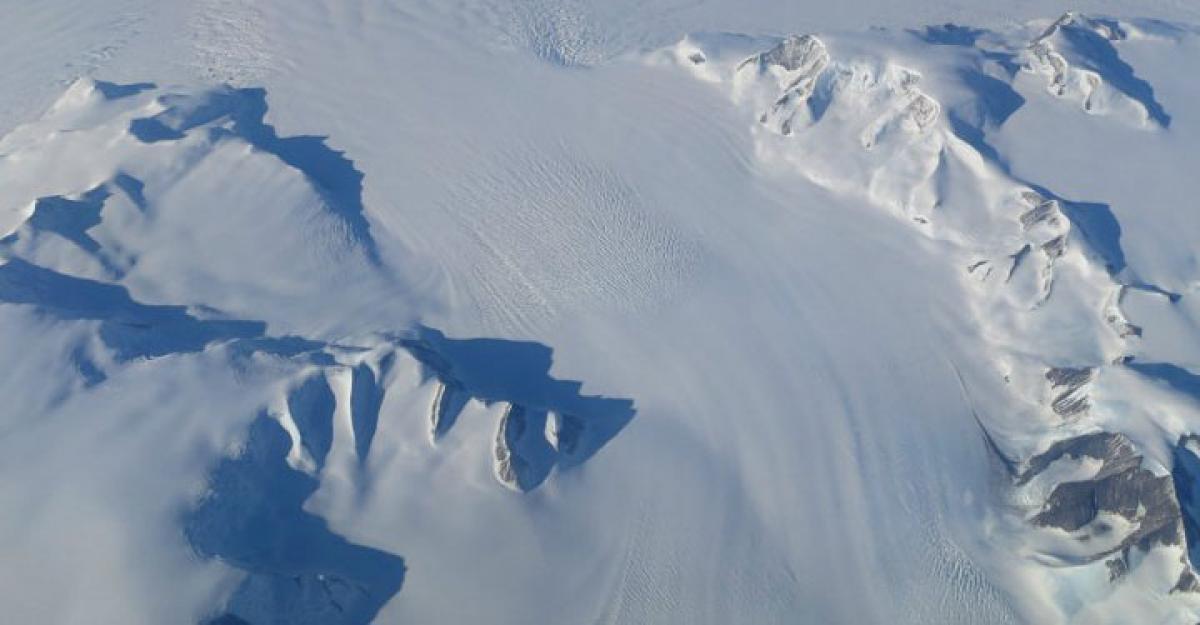Antarctica is gaining ice: NASA

An increase in Antarctic snow accumulation that began 10,000 years ago is currently adding enough ice to the continent to outweigh the increased losses from its thinning glaciers. Areas of the continent like the Antarctic Peninsula have increased their mass loss in the last decades, says a new NASA study.
Washington: An increase in Antarctic snow accumulation that began 10,000 years ago is currently adding enough ice to the continent to outweigh the increased losses from its thinning glaciers. Areas of the continent like the Antarctic Peninsula have increased their mass loss in the last decades, says a new NASA study.

The research challenges the conclusion of other studies, including Intergovernmental Panel on Climate Change's (IPCC) 2013 report which says that Antarctica is overall losing land ice.
According to the analysis of satellite data, the Antarctic ice sheet showed a net gain of 112 billion tonnes of ice a year from 1992 to 2001. The net gain slowed to 82 billion tonnes of ice per year between 2003 and 2008.
But it might take a few decades for Antarctica's growth to reverse, according to Zwally. The study analysed changes in the surface height of the Antarctic ice sheet measured by radar altimeters on two European Space Agency satellites and by the laser altimeter on NASA's Ice, Cloud, and land Elevation Satellite (ICESat). The extra snowfall that began 10,000 years ago has been slowly accumulating on the ice sheet and compacting into solid ice over millennia.
It is thickening the ice in east Antarctica and the interior of west Antarctica by an average of 0.7 inches per year. This small thickening, sustained over thousands of years and spread over the vast expanse of these sectors of Antarctica, corresponds to a very large gain of ice.















